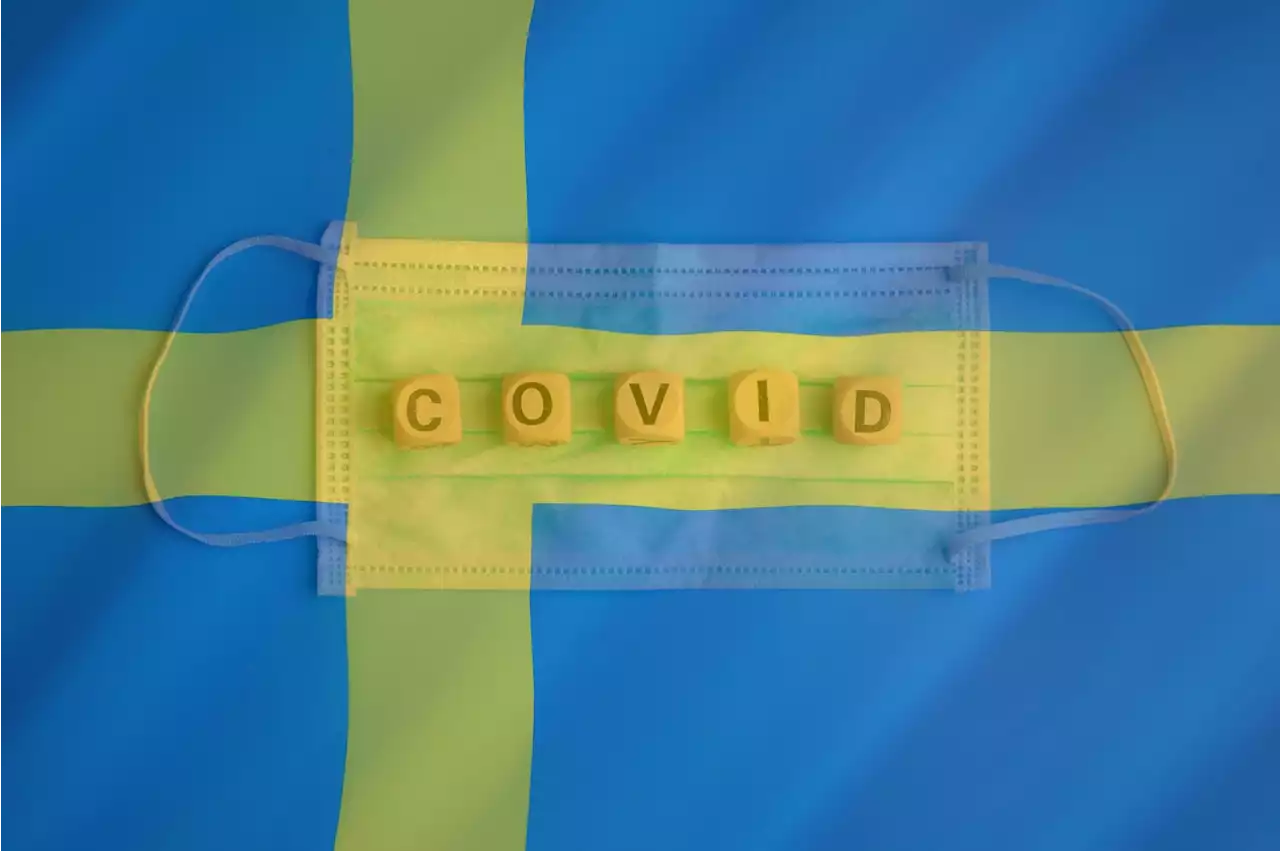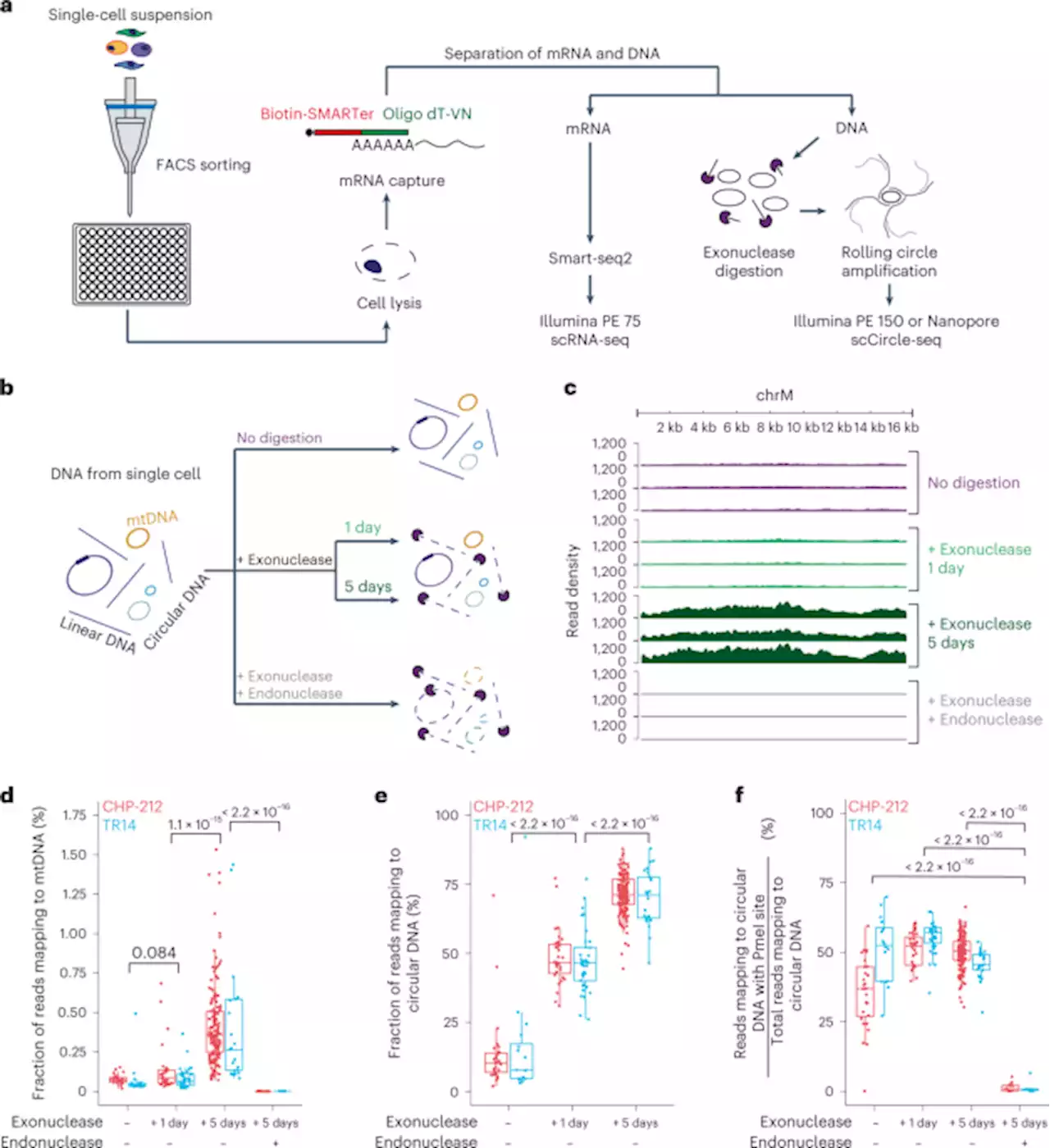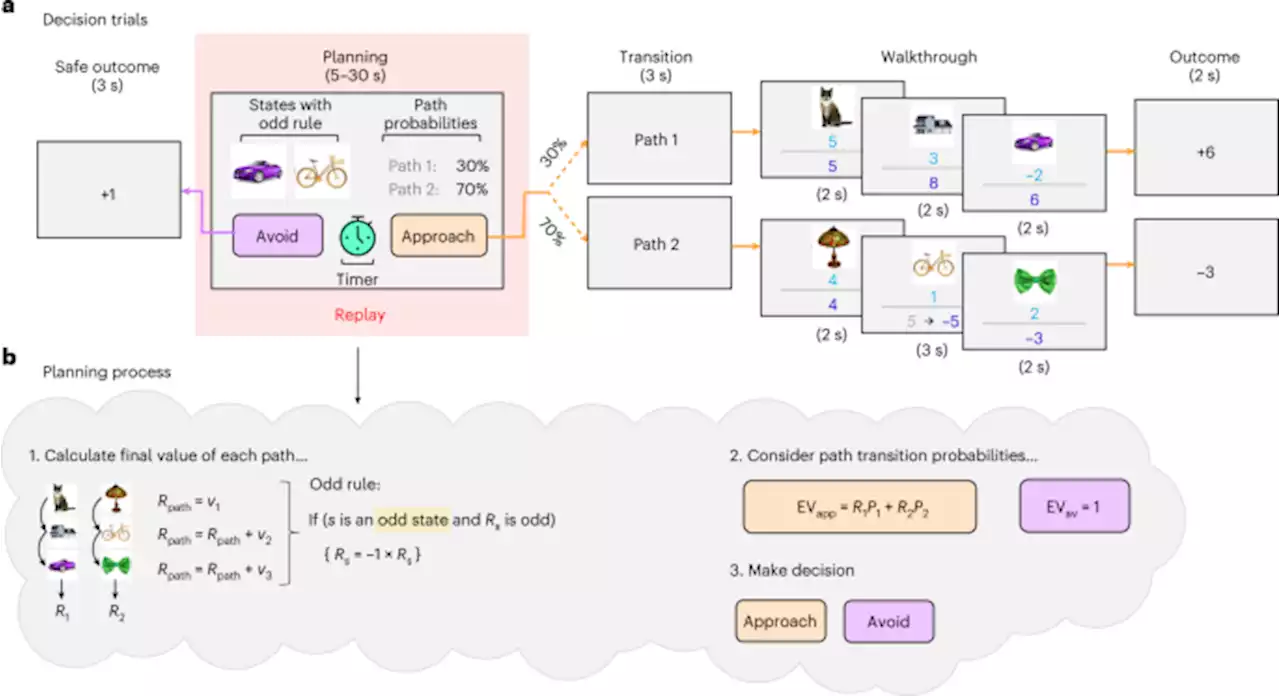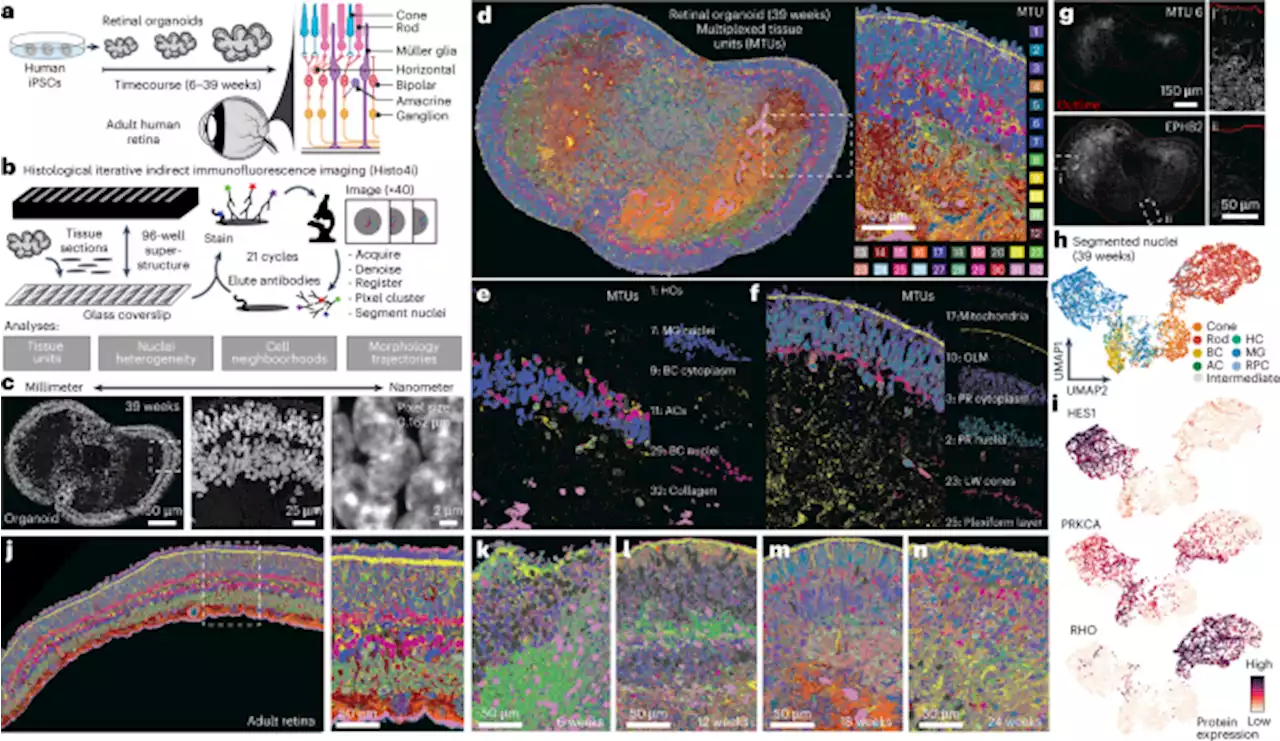High-grade gliomas remodel neural circuits: promoting tumor progression and impaired cognition Nature UCSF gliomas glioblastoma tumor cognition neuroscience
By Neha MathurMay 9 2023Reviewed by Lily Ramsey, LLM In a recent study published in Nature, researchers attempted to investigate whether functional connectivity between glioblastoma and the brain affected cognition-regulating neural circuits and the survival of patients with high-grade glioblastomas.
A better understanding of these processes could help find therapeutic targets for gliomas, the most lethal type of malignant brain tumors. Next, the team conducted ribonucleic acid sequencing and mouse xenograft experiments using tumors of a subset of eight patients. High functional connectivity regions of glioblastoma comprise a molecularly distinct glioma subpopulation that differentially responds to neuronal signals, exhibiting an inherently proliferative and invasive profile.
These findings are well-aligned with the cancer biology principles that cell subpopulations take up distinct roles within the heterogenous cancer TME and functional connectivity measures could partially define these roles. Accordingly, patients with glioblastoma displayed functional connectivity between the tumor and the brain experienced an overall survival of shorter duration compared to non-HFC patients .
United Kingdom Latest News, United Kingdom Headlines
Similar News:You can also read news stories similar to this one that we have collected from other news sources.
 Omicron's grip on Sweden: High transmission rates persist despite high seroprevalenceResearch paper reports on a study conducted in Sweden to determine the prevalence of SARS-CoV-2 Omicron infection despite high seroprevalence. The study found a high prevalence of SARS-CoV-2 Omicron infection in Sweden despite high seroprevalence.
Omicron's grip on Sweden: High transmission rates persist despite high seroprevalenceResearch paper reports on a study conducted in Sweden to determine the prevalence of SARS-CoV-2 Omicron infection despite high seroprevalence. The study found a high prevalence of SARS-CoV-2 Omicron infection in Sweden despite high seroprevalence.
Read more »
 Björk on David Attenborough & Nature DocumentariesBjörk is no stranger to the grand statement, so when she describes her new project as “ambitious”, you know something interesting is on the cards.
Björk on David Attenborough & Nature DocumentariesBjörk is no stranger to the grand statement, so when she describes her new project as “ambitious”, you know something interesting is on the cards.
Read more »
 Parallel sequencing of extrachromosomal circular DNAs and transcriptomes in single cancer cells - Nature GeneticsscEC&T-seq profiles extrachromosomal circular DNA and full-length mRNA from single human cancer cells, and may be used to interrogate heterogeneity in both cell lines and primary tumor samples.
Parallel sequencing of extrachromosomal circular DNAs and transcriptomes in single cancer cells - Nature GeneticsscEC&T-seq profiles extrachromosomal circular DNA and full-length mRNA from single human cancer cells, and may be used to interrogate heterogeneity in both cell lines and primary tumor samples.
Read more »
 Differential replay of reward and punishment paths predicts approach and avoidance - Nature NeuroscienceDuring planning, the brain rapidly activates memories of paths leading to reward or punishment. In a new MEG study, the authors show that choosing to approach under uncertainty evokes reactivation of potential punishment, while avoiding reactivates forgone rewards.
Differential replay of reward and punishment paths predicts approach and avoidance - Nature NeuroscienceDuring planning, the brain rapidly activates memories of paths leading to reward or punishment. In a new MEG study, the authors show that choosing to approach under uncertainty evokes reactivation of potential punishment, while avoiding reactivates forgone rewards.
Read more »
 Lipid flipping in the omega-3 fatty-acid transporter - Nature CommunicationsLipid flipping across membrane leaflets are vital yet enigmatic biological processes. Here, five cryo-EM structures provide snapshots to delineate a mechanism of omega-3 fatty acid flipping across the blood brain barrier.
Lipid flipping in the omega-3 fatty-acid transporter - Nature CommunicationsLipid flipping across membrane leaflets are vital yet enigmatic biological processes. Here, five cryo-EM structures provide snapshots to delineate a mechanism of omega-3 fatty acid flipping across the blood brain barrier.
Read more »
 Multimodal spatiotemporal phenotyping of human retinal organoid development - Nature BiotechnologyCreating a high-resolution atlas that depicts the development of the human retina ETH_en NatureBiotech
Multimodal spatiotemporal phenotyping of human retinal organoid development - Nature BiotechnologyCreating a high-resolution atlas that depicts the development of the human retina ETH_en NatureBiotech
Read more »
